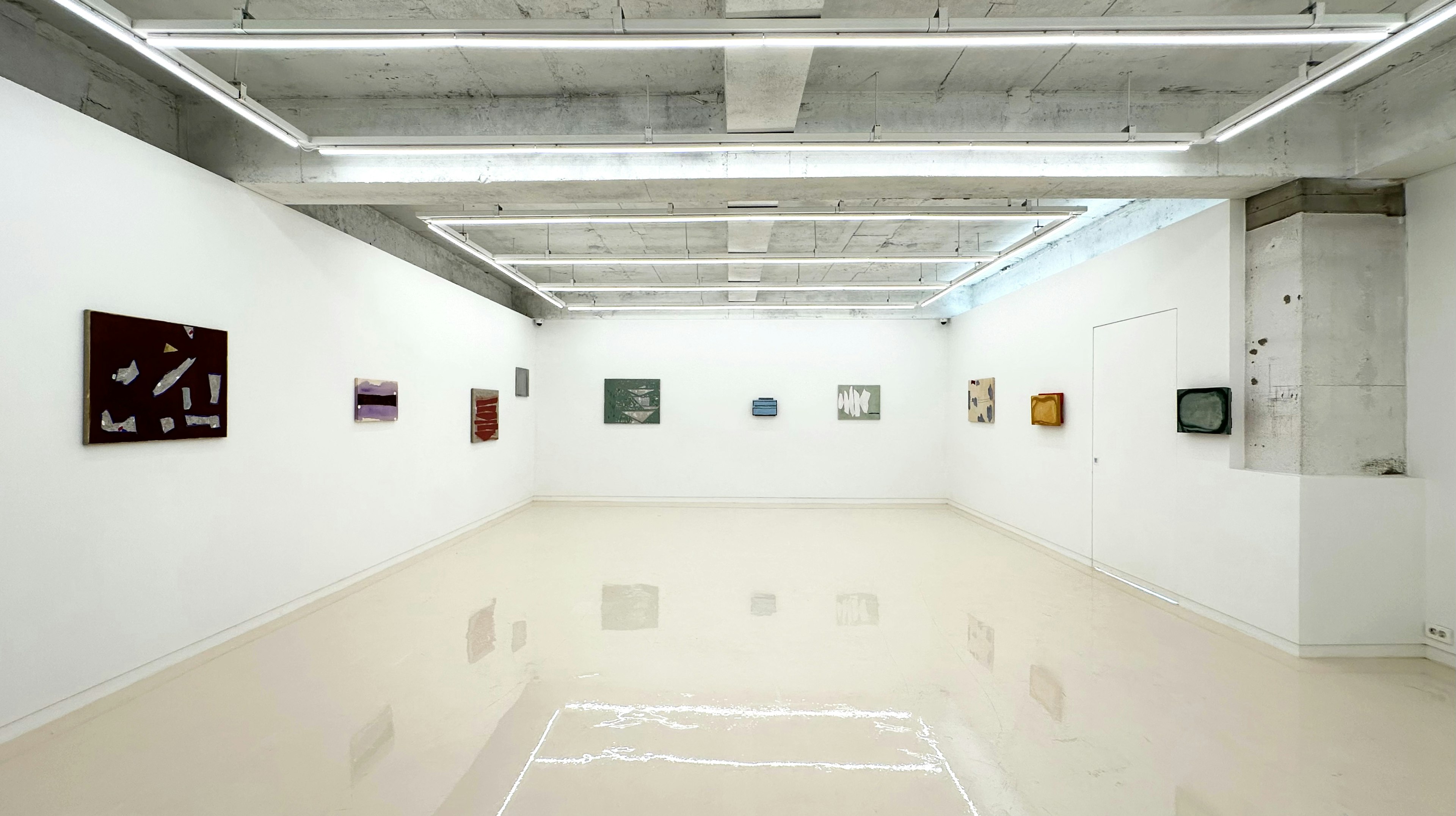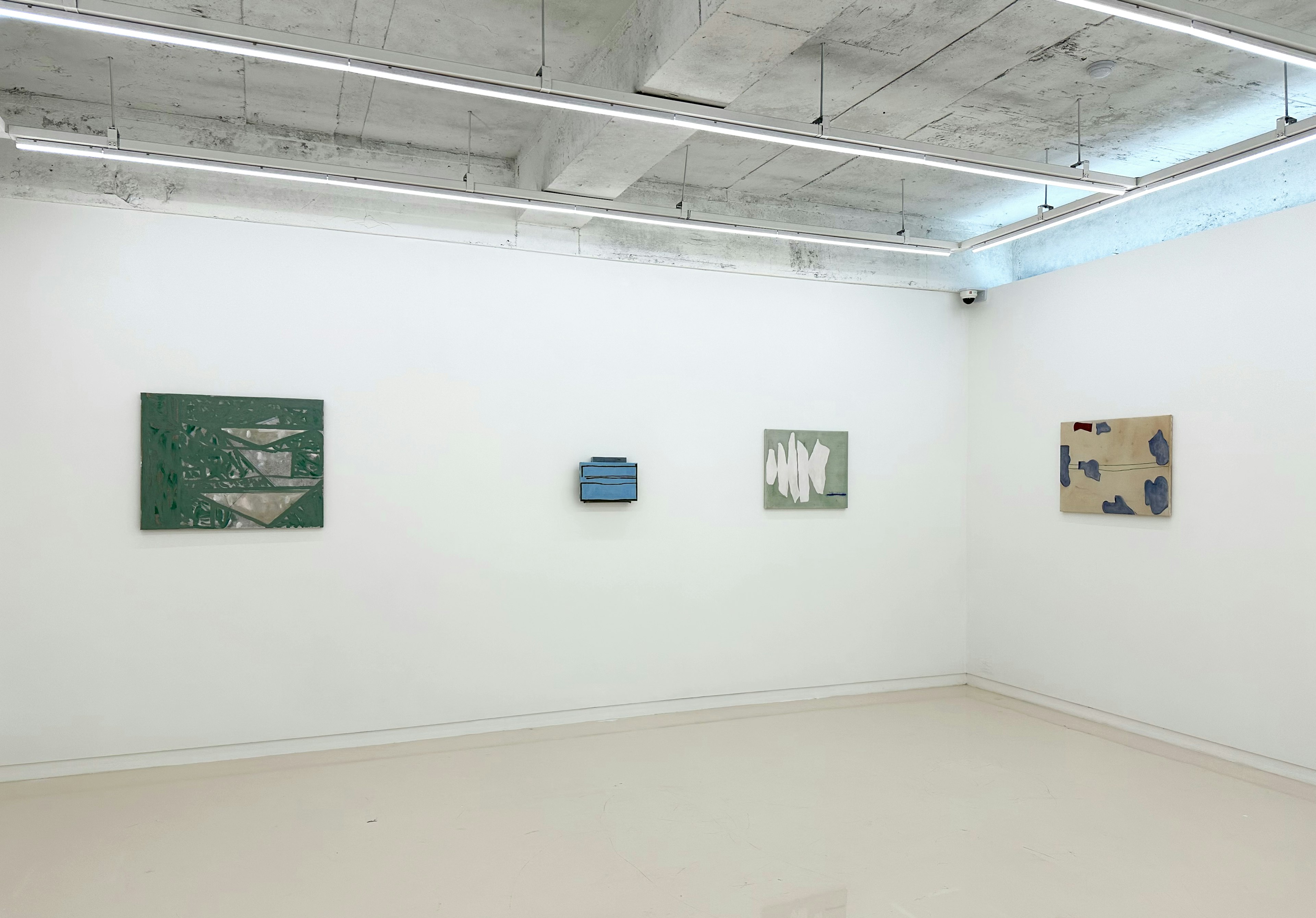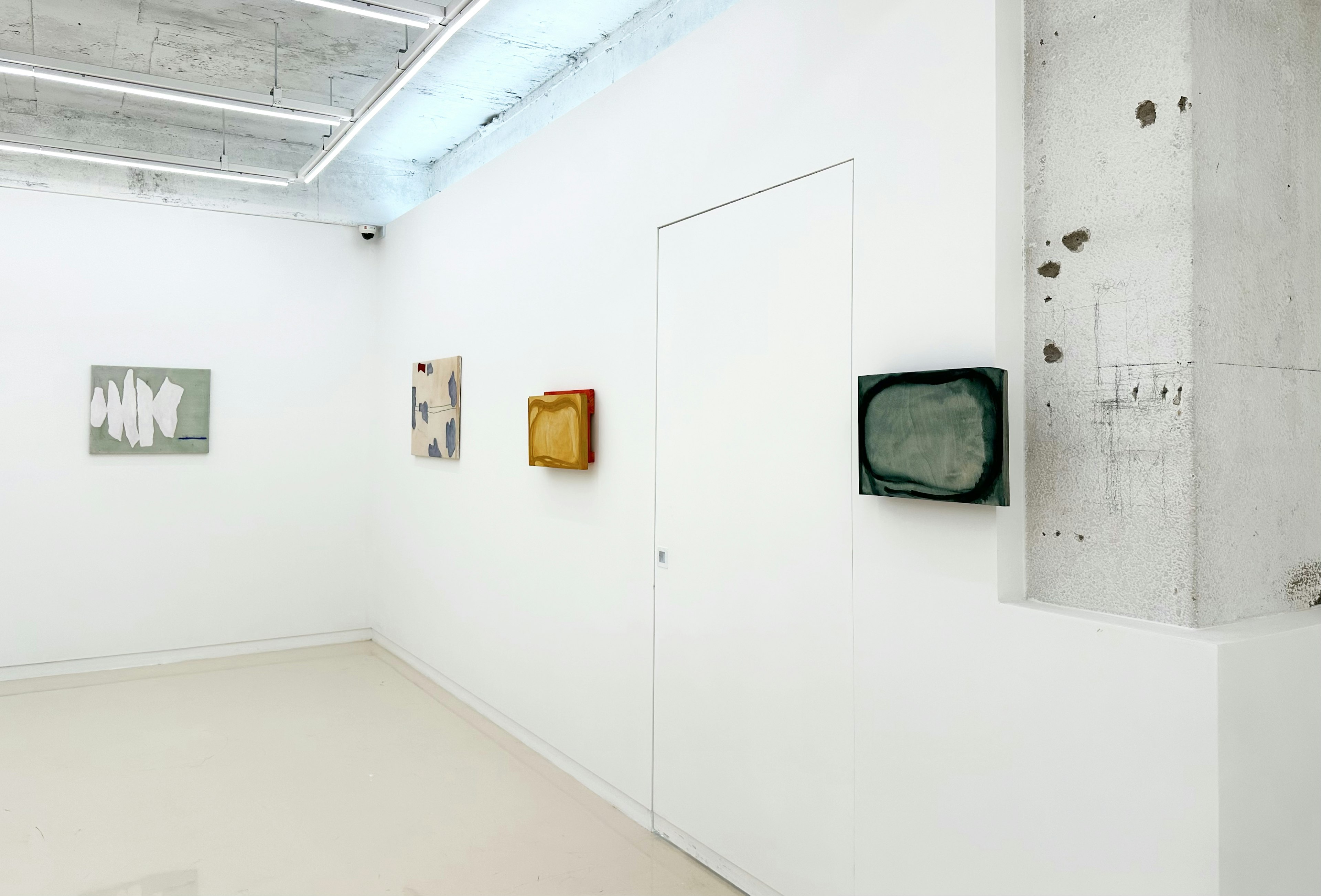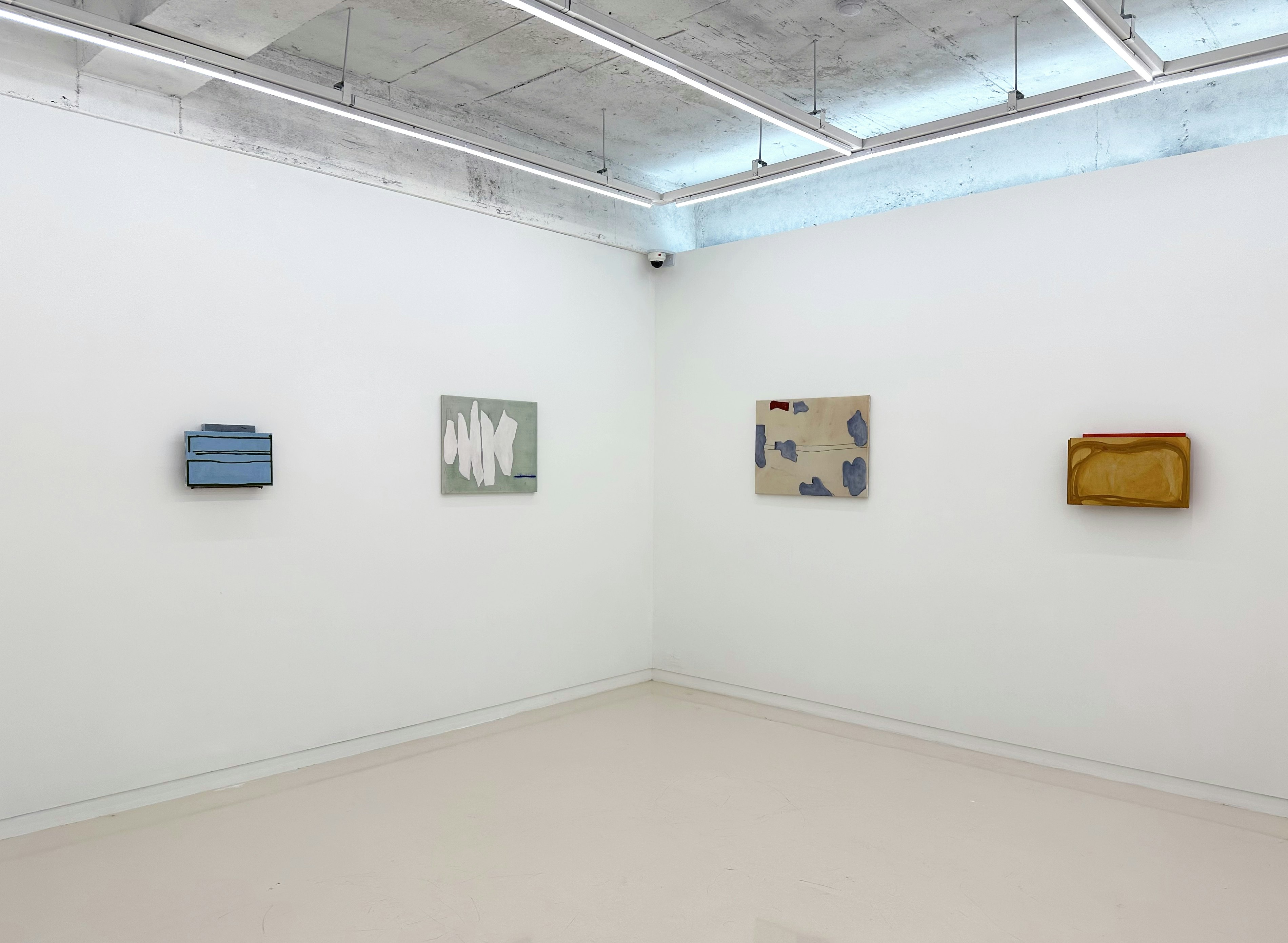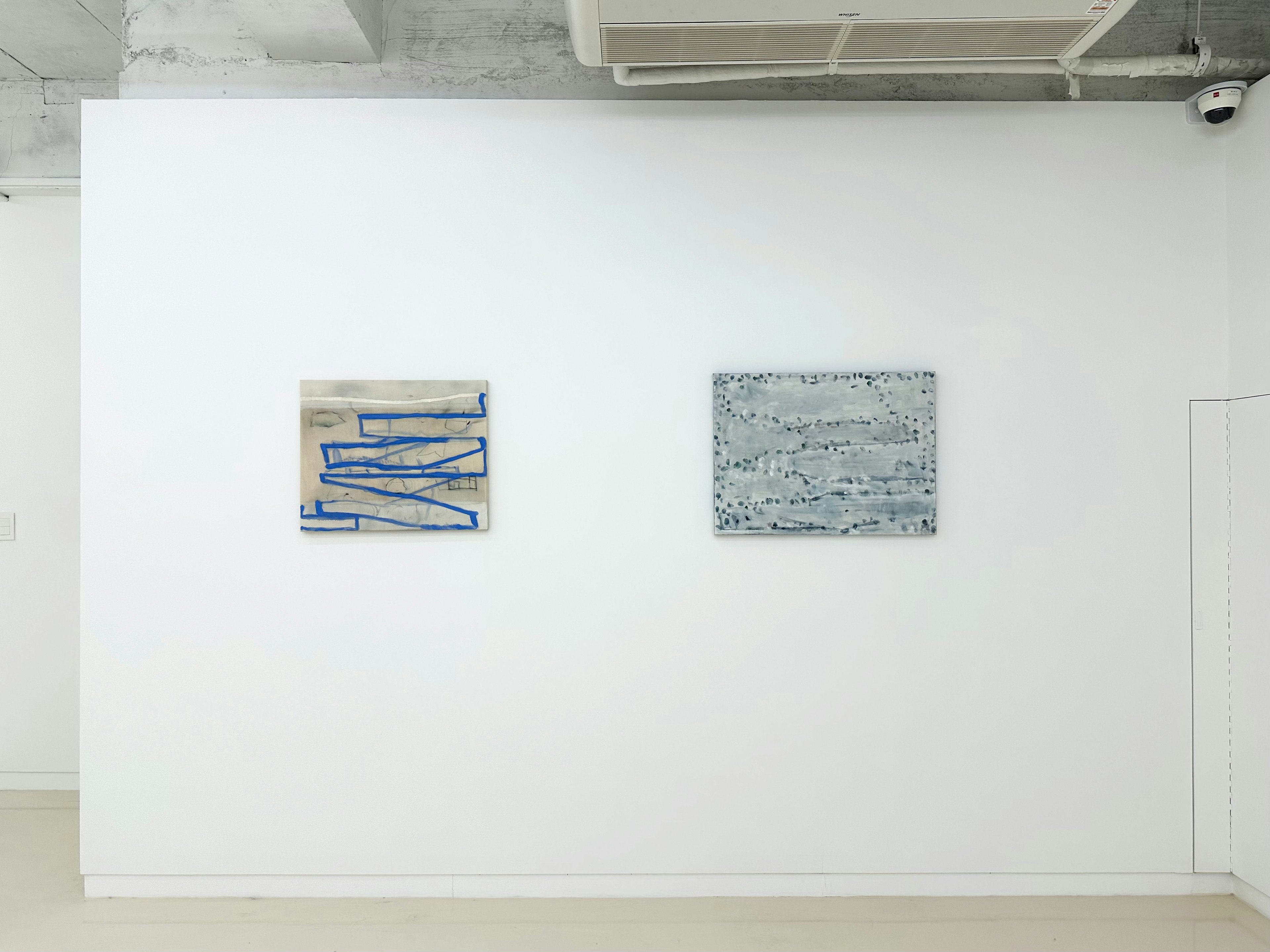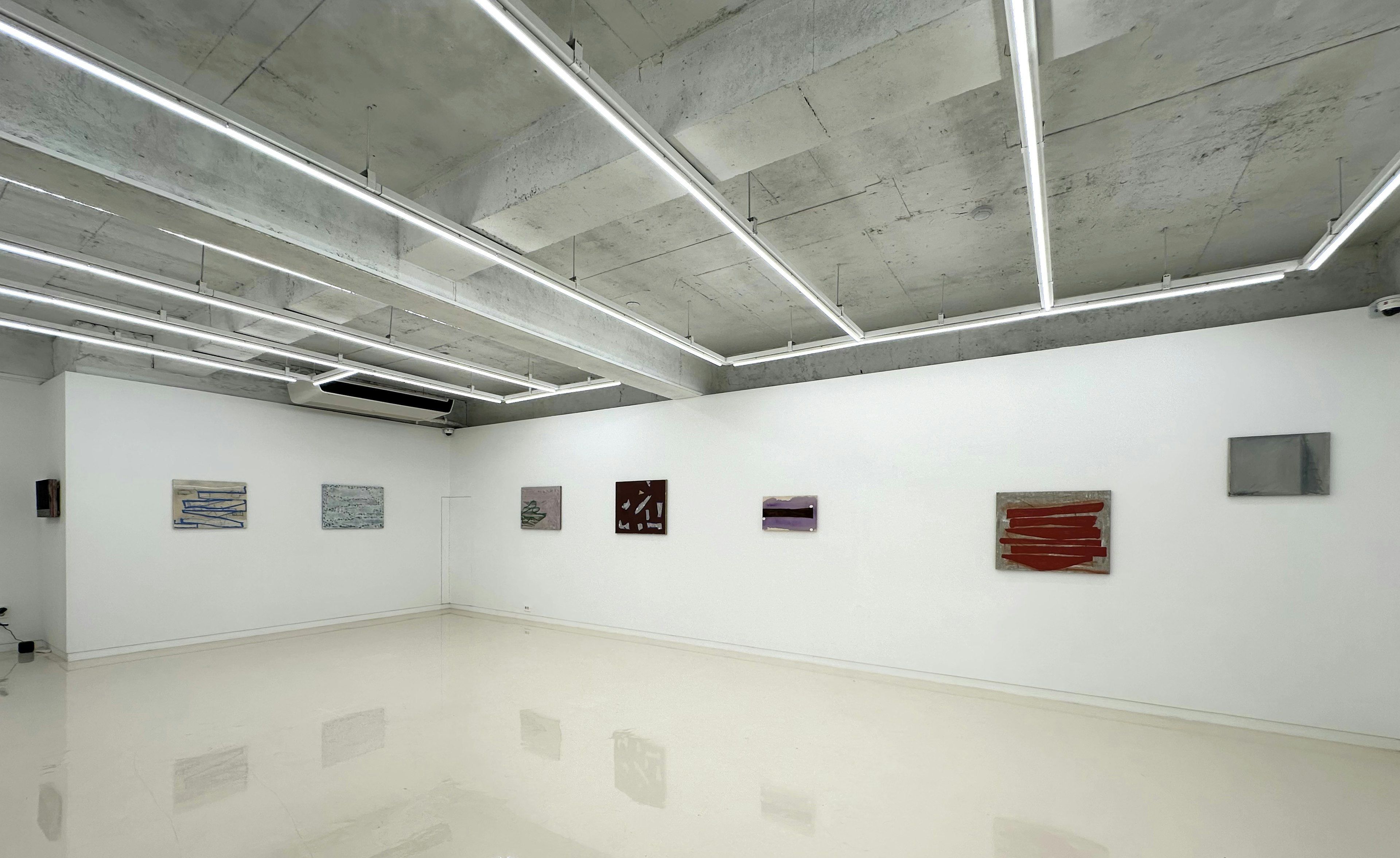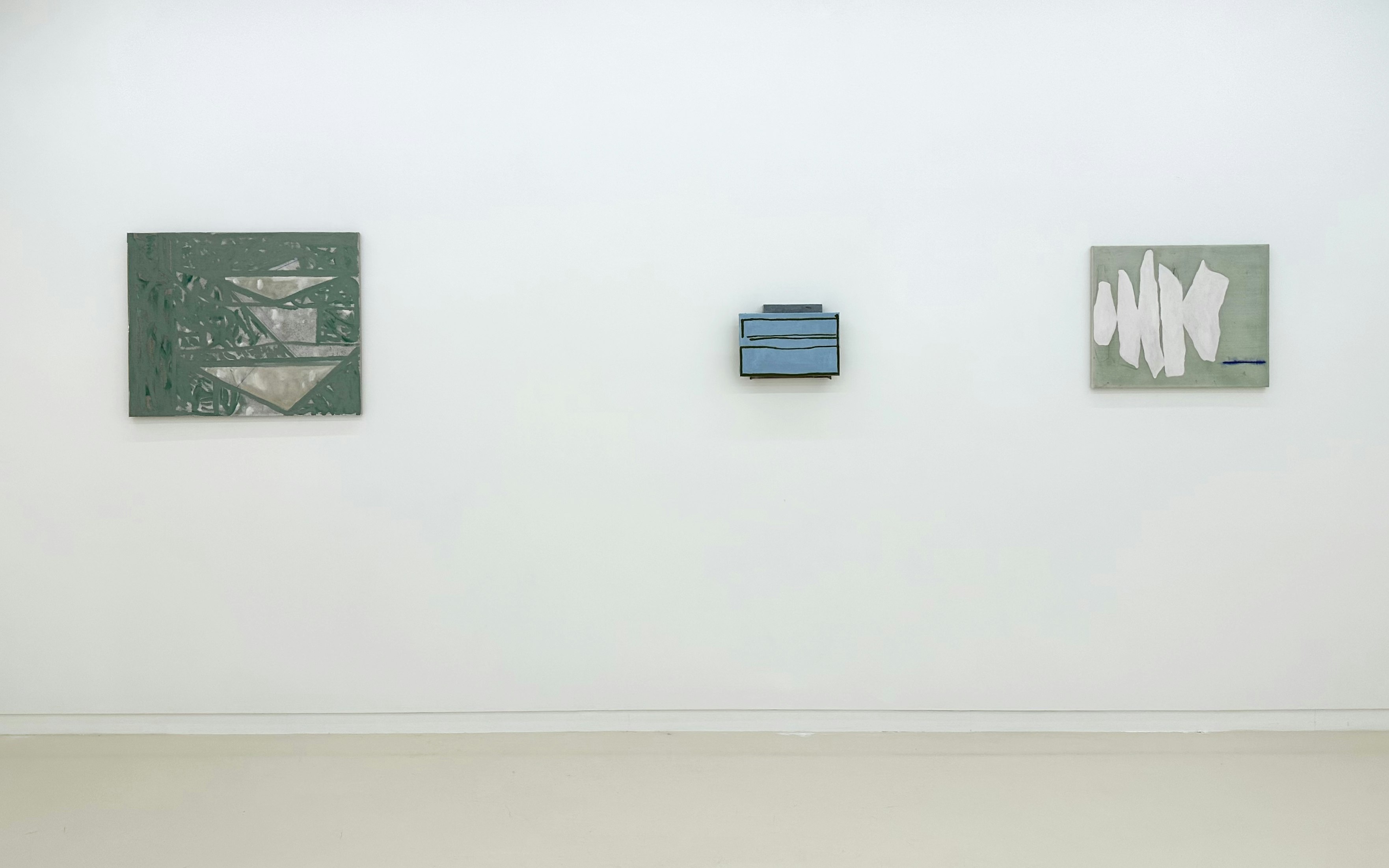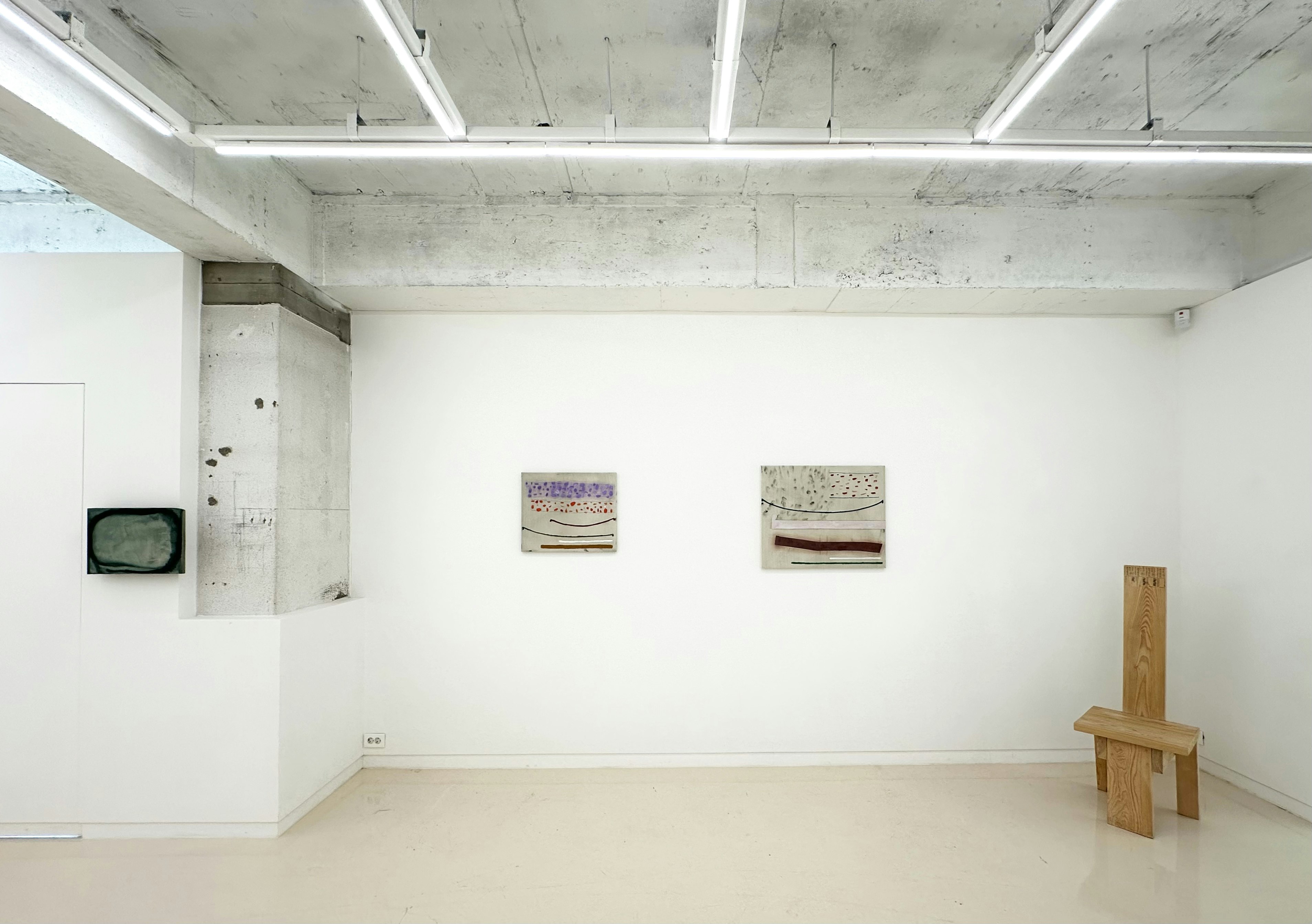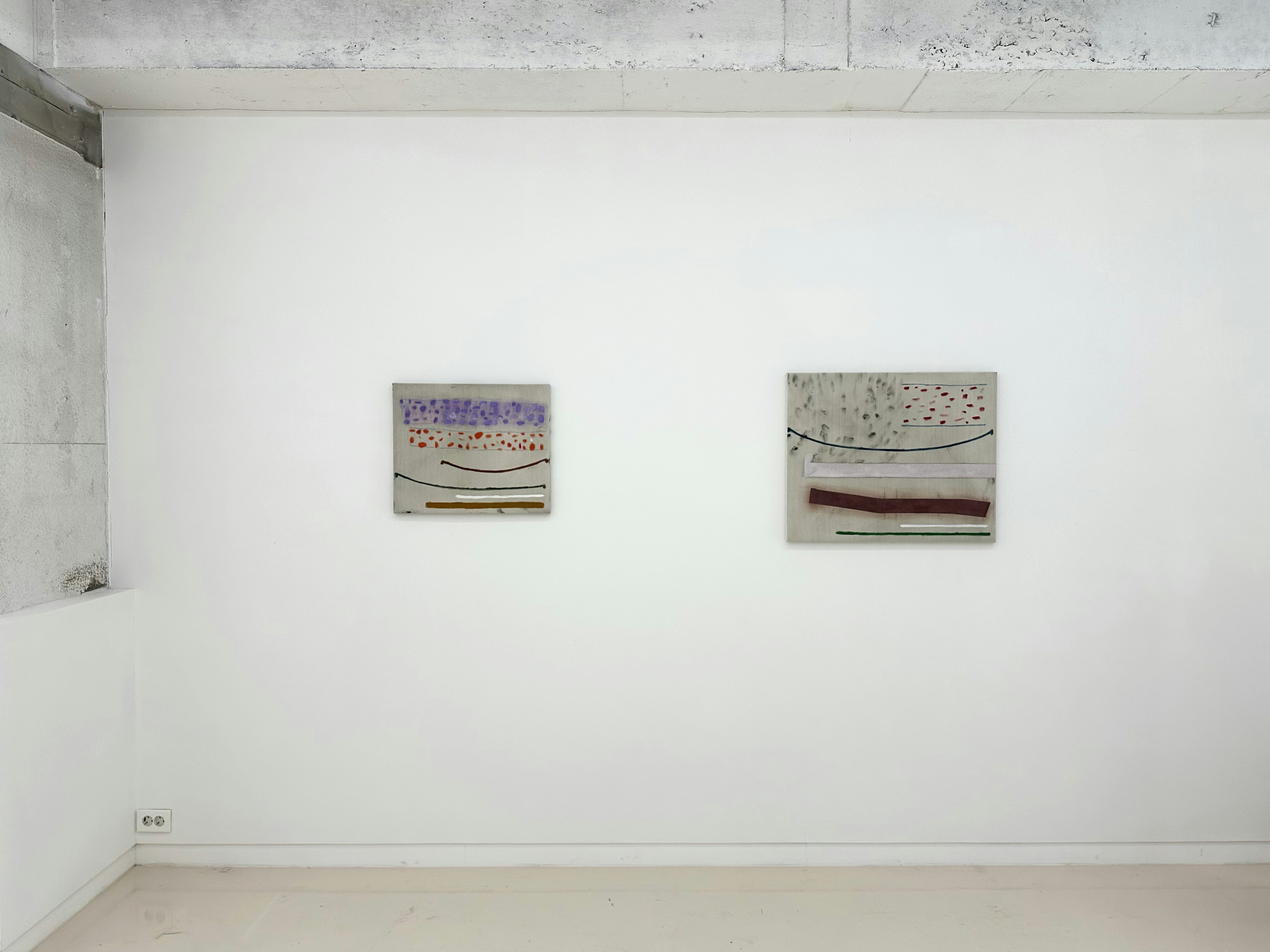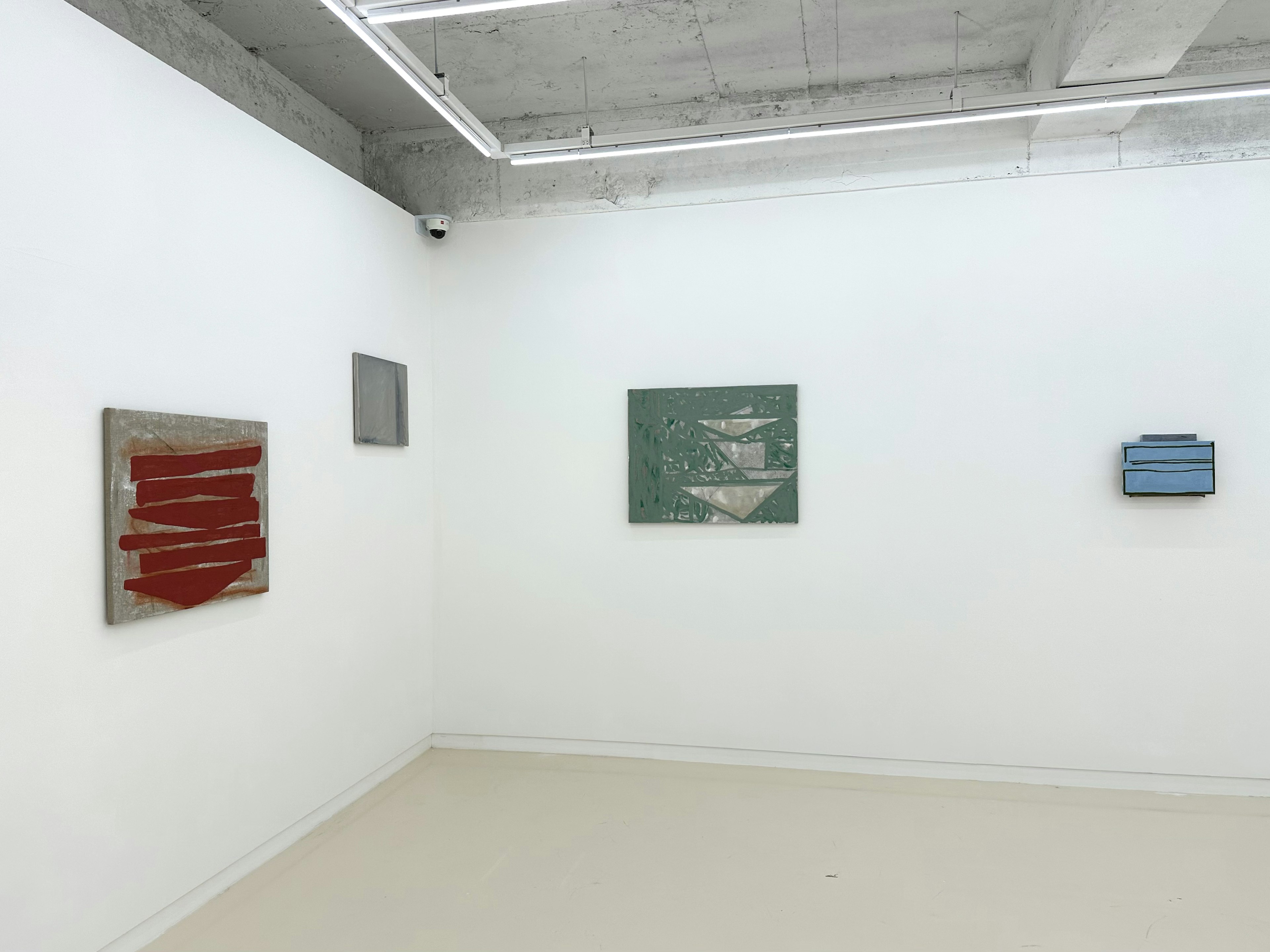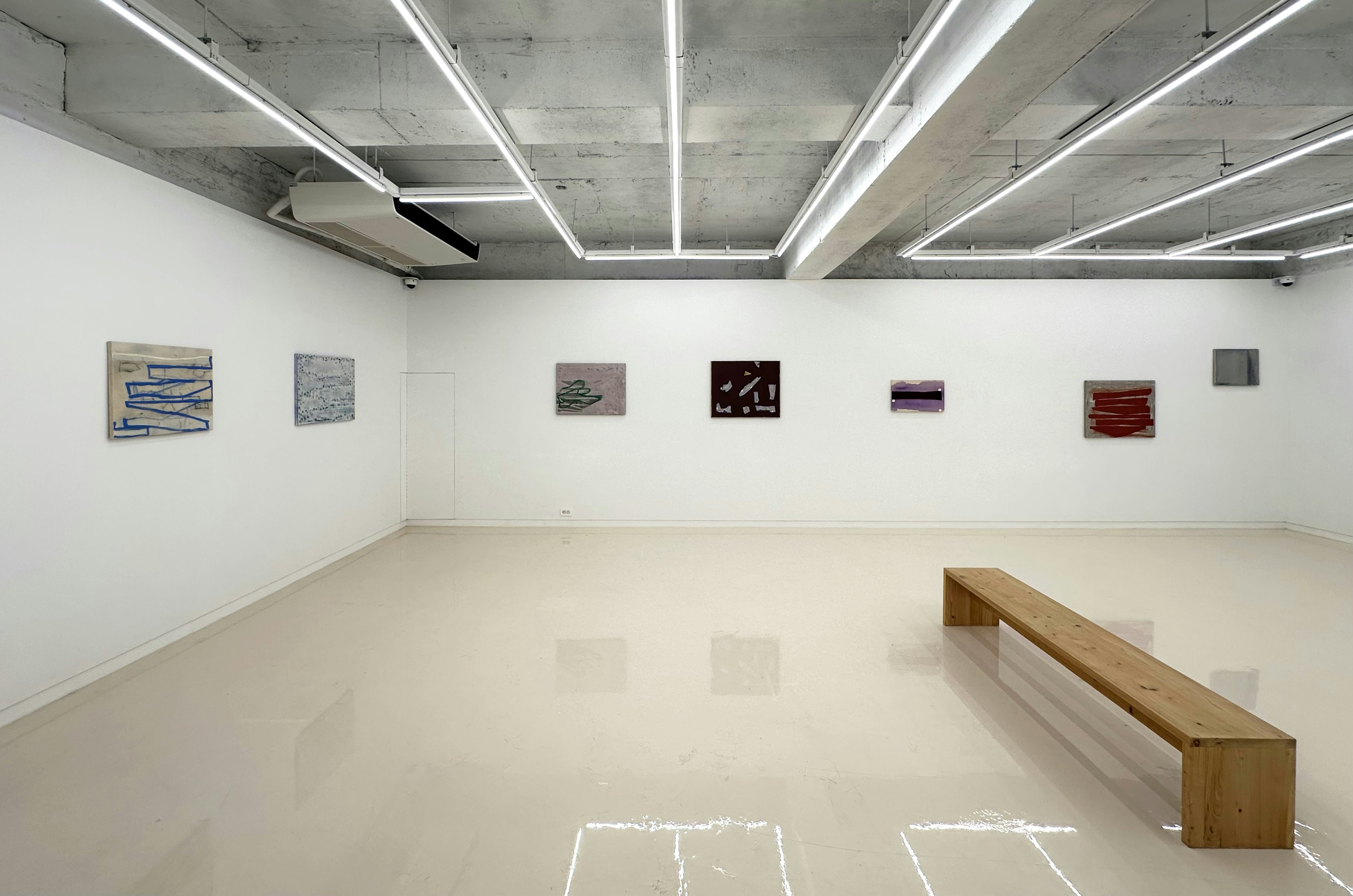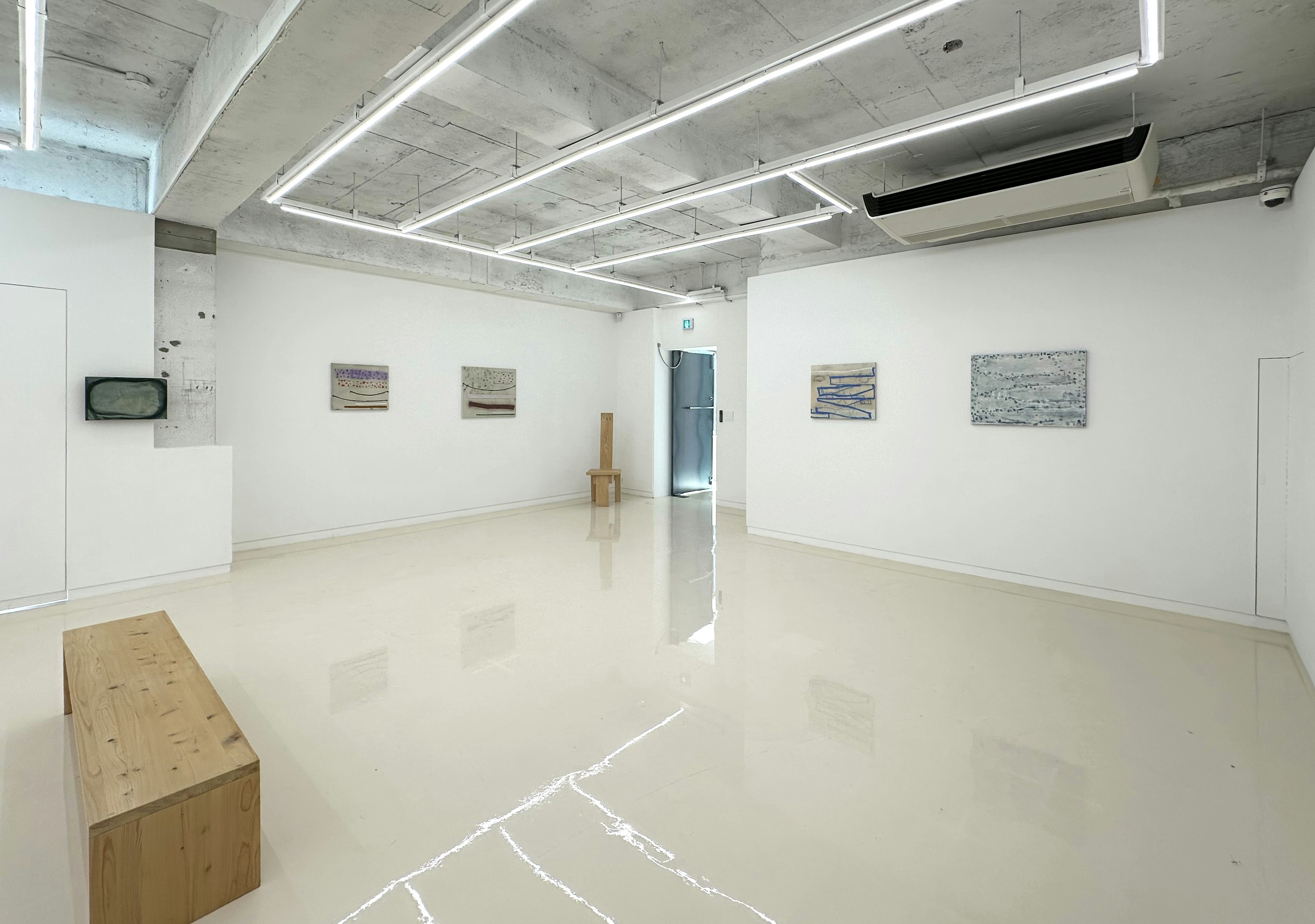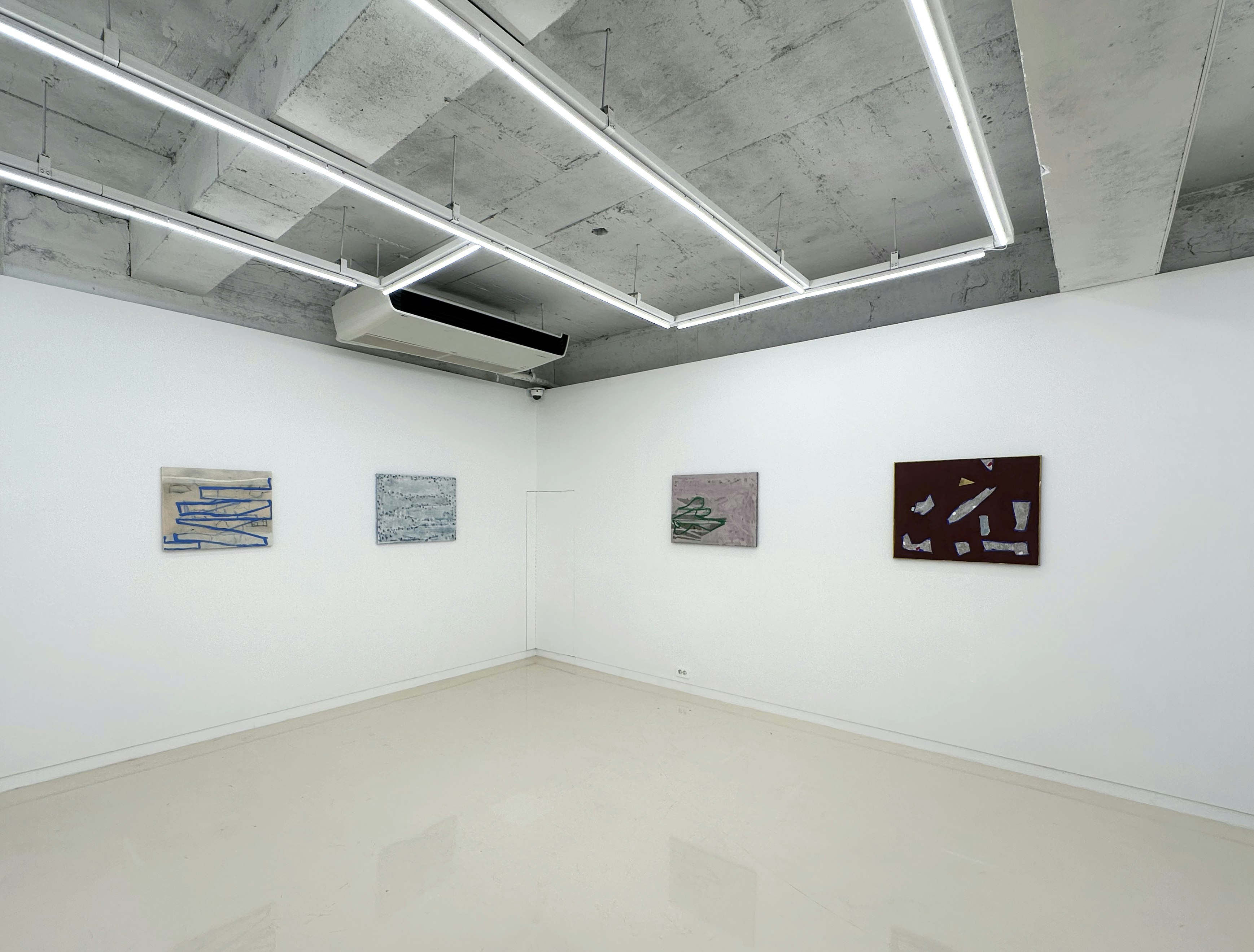2023 - 6 October to 24 November - The Rareness of Patrick Michael Fitzgerald
"Fitzgerald’s painting has the kind of “spareness” that you might find in (Samuel) Beckett. Beckett was an exile all his life, via London, and lived in Paris until the end. He was an outsider even in Ireland, being a protestant from a modestly affluent family in a Catholic and poor country. When you read a part like this from a story called Lessness (1969), look at the use of words, and hear the sound of it, you might find a connection between these two exiles:
Scattered ruins same grey as the sand ash grey true refuge. Four square all light sheer white blank planes all gone from mind. Never was but grey air timeless no sound figment the passing light. No sound no stir ash grey sky mirrored earth mirrored sky. Never but this changelessness dream the passing hour.
Fitzgerald’s work defies the conventional structure of painting or painted objects, following its own rhythm and sound, never attempting to deliver a “great” agenda. The forms in his painting seem never quite certain about their existence, hovering and searching in unknown space. There are often many layers of painted and erased forms. Their role appears to be about asserting “less,” as if it would make them exist more. Hugh Kenner once said of Beckett, “He is the non-maestro, the anti-virtuoso, habitué of non-form and anti-matter….” Going against what James Joyce was about, “knowing everything,” Beckett intentionally chose to be “not knowing.” I wonder if Fitzgerald ever carries as much intention as Beckett.
Fitzgerald’s studio was in a little town called Zalla, where we went by bus from Bilbao. Bilbao is a port city in the Basque Country in Northern Spain, situated in a low altitude surrounded by mountains. From Bilbao to Zalla, we passed the mountainous area with a great vista of green and skies. The hills were not high but rocky, which made me feel precarious as if we were driving on the narrow edge of something. I was in his studio looking around, thinking his studio felt more settled than anybody’s home in that town, and at the same time, felt like “nowhere”independent from the world outside. And it was the perfect place to recall the great observation by Terry Eagleton in Exiles and Emigre (1970).
Great art is produced not from the simple availability of an alternative but from the subtle and involuted tensions between the remembered and the real, the potential and the actual, integration and dispossession, exile and involvement. "
© Extract from exhibition text by Mimi Park, gallery director and curator.
